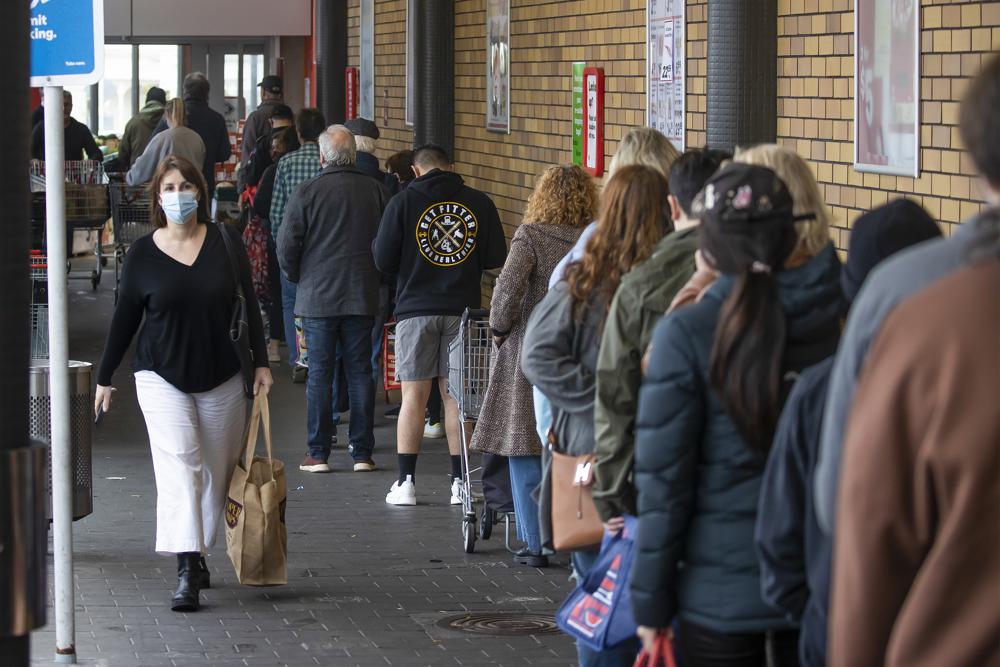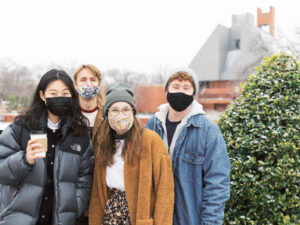On Aug. 17, New Zealand detected the first COVID-19 positive case after six months. Since then, the country has had ups and downs dealing with the new delta variant. The total number of cases nationwide has grown to 612 as of Aug. 31.
Prime Minister Jacinda Arden announced a strict level 4 lockdown after a 58-year-old man tested positive.
Back in March of 2020, Prime Minister Arden was strict with lockdowns and closing the borders. Her strategy was effective, and since the beginning of the pandemic, the country – which has a population of 5 million people, reported only 26 deaths from the virus.
After the confirmation of a new case, Arden decided to put the country in lock down again, due to its success the first time.
“Going hard and early has worked for us before,” Arden said at a news conference. “I want to assure New Zealand that we have planned for this eventuality, and that we will now be putting in place plans to contain and stamp out Covid-19 once again.”
Arden said it is essential to stop the spread again in its early stage.
“The delta variant . . . can be spread by people simply walking past one another, so keep those movements outside to a bare minimum,” Arden said. “We have seen what can happen elsewhere if we fail to get on top of it. We only get one chance,” she said.
In Auckland, New Zealand’s biggest city, the police are out in the street to avoid people from moving illegally between regions.
“The checkpoints on the outskirts of Auckland will be stopping vehicles and questioning drivers, ensuring there is no nonessential movement through the region,” Andrew Coster, New Zealand police commissioner said.
In its first two weeks, the lockdown showed to be less effective, as the number of COVID-19 cases continued to go up in the country.
Only 22 percent of New Zealand’s population is fully vaccinated. The government chose to only use the Pfizer vaccine, which they did not approve fully until two months after U.S regulators approved its emergency use.
Because of the recent outbreak, the vaccination rate has increased significantly and around 2 percent of the population is being vaccinated every day.
The daily peak was on Sunday, Aug. 22, when there were 83 new cases. However, the number of daily cases started to drop again Tuesday, Aug. 24, with 43 new cases. It was the lowest number of new cases reported in six days.
Prime Minister Arden said it is progress, but it is still early to celebrate the recent results.
“It’s another step. We’ve still got a journey to go through,” Arden said. “For me, I want to see sustained reductions over a period of time, and I think actually most people want to see that. It is good not to see some of those high numbers we were [at] only a few days ago.”
Director-general of health Dr. Ashley Bloomfield said the drop provides an indication of success in their health measures to slow the spread of the virus.
Bloomfield said they take the COVID-19 infections seriously. There are 33 people hospitalized, including eight in intensive care of whom two were on ventilators.
“These hospitalizations obviously have an outward ripple effect on our communities and whānau [families], and my thoughts are with those individuals and their whānau. It’s also sobering that of the current Auckland outbreak six cases are under the age of one,” Bloomfield said.
Starting today, most of the nation will move to a less strict level 3 lockdown. The city of Auckland will continue its level 4 restrictions for at least two more weeks.
















Be First to Comment